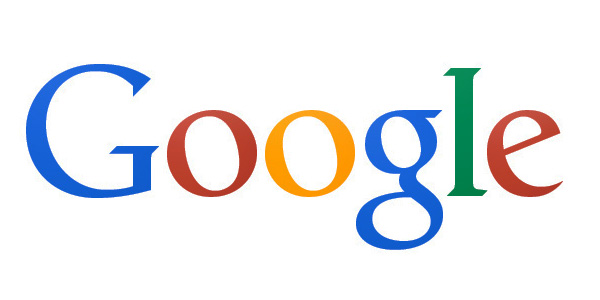The types of Google penalty

There are currently thousands upon thousands of websites being punished by Google for poor SEO practice. Some site owners are aware of the issues and are taking drastic action to rectify the situation; some know there’s an issue and have no idea what to do about it, and others are completely oblivious, even though it could be causing them a huge loss of traffic or profit.
The number of site owners who blame external factors on poor performance when the answer is right in front of them is alarming. Many businesses have failed off the back of rectifiable Google penalties simply because the site owner was not aware that they could no longer be found on the search engines.
With the above in mind, an initial site health check to see that you are not being penalised by Google is imperative. In this guide, we will explore the different types of penalty in more detail.
The manual penalty
In order to receive a manual penalty your site has first flagged up on a spam report and has then been examined or analysed by a professional. They note the issue and penalised the site.
A manual penalty will usually see sharp drops to your SEO positions and may even result in a ban.
How do I know if I have a manual penalty?
You will be able to tell if your site has this type of penalty simply by going on to your Google Webmasters Tools account, clicking on the site in question. Then click search traffic, followed by manual actions. If there is a message here, you have been penalised manually. Furthermore, this message will tell you why, but it will not tell you how to reverse the issue.
The Algorithmic penalty
The Google SEO algorithm is a string of thousands of lines of code that have been created to determine where a site should rank on the search engines. The man hours required to decide where a site should rank mean that it is impossible so a code (algorithm) has been set up to ensure that as many sites are in the right place as possible.
The three latest updates; Penguin, Panda and Hummingbird have caused havoc to hundreds of thousands of sites that have taken advantage of ‘weaknesses’ in the previous coding to use non-ethical ranking techniques to get ahead. Previously, poor techniques were being rewarded, but now, thanks to the new algorithms they are being severely punished.
Google updates their algorithm a few times a year. Many of the updates are minor and make no difference to search engine positions, but the major updates tend to cause havoc for site owners who have used poor ranking methods.
How do I know if I’ve been hit with an Algorithmic penalty?
Unlike a manual penalty where you are actually told that you have received a penalty, there’s no way to find out you have received an algorithmic penalty as they are carried out automatically, and Google cannot physically tell everybody that has been punished.
Therefore, in order to find out if you have been punished in the past it is a good idea to check your ranking positions. If you’ve been tracking them, this is a much easier task as you’ll be able to see a sudden dip in rankings. If you do see this dip, the chances are you have been punished. However, if you have not been tracking your position, and you have no idea where you were before compared to now, then you have a much tougher job.
In this instance, it’s very hard to determine if you’ve been issues with a penalty so, in order to be safe you need to check for any poor work that may have been carried out on your site. Remember, you may not have done the work personally a SEO company may have done the work for you using non ethical ‘black-hat’ techniques.
Here are the reasons you may have been punished;
Un-natural or poor links – this is by far the most common reason that websites are being punished. Some websites have run mass linking campaigns to their sites from others to build the total number pointing at their site. Why? Well, up until recent updates, sites with a lot of links pointing at them were viewed as reputable by the search engines. Now, it’s the opposite, and quality links are required. In order to solve this issue you should take advantage of a backlink removal company.
Duplicate content – if you have ripped the content (either completely or partially) from another site your site may be punished for plagiarism.
Over on-site optimisation – this includes practices like keyword stuffing or poor anchor text that has been set up to deceive the search engines.
These are the three most common reasons but there are hundreds more. In the event you know or suspect that you have violated one of those reasons it is imperative you seek to right the wrongs. One of the best ways to do this quickly and efficiently is to use backlink removal services, then submit a reconsideration request to Google. It’s the only way your site ever has a good chance of moving back up the search engines.


 Jumpstart your website by reviewing and cleaning up website back links.
Jumpstart your website by reviewing and cleaning up website back links.